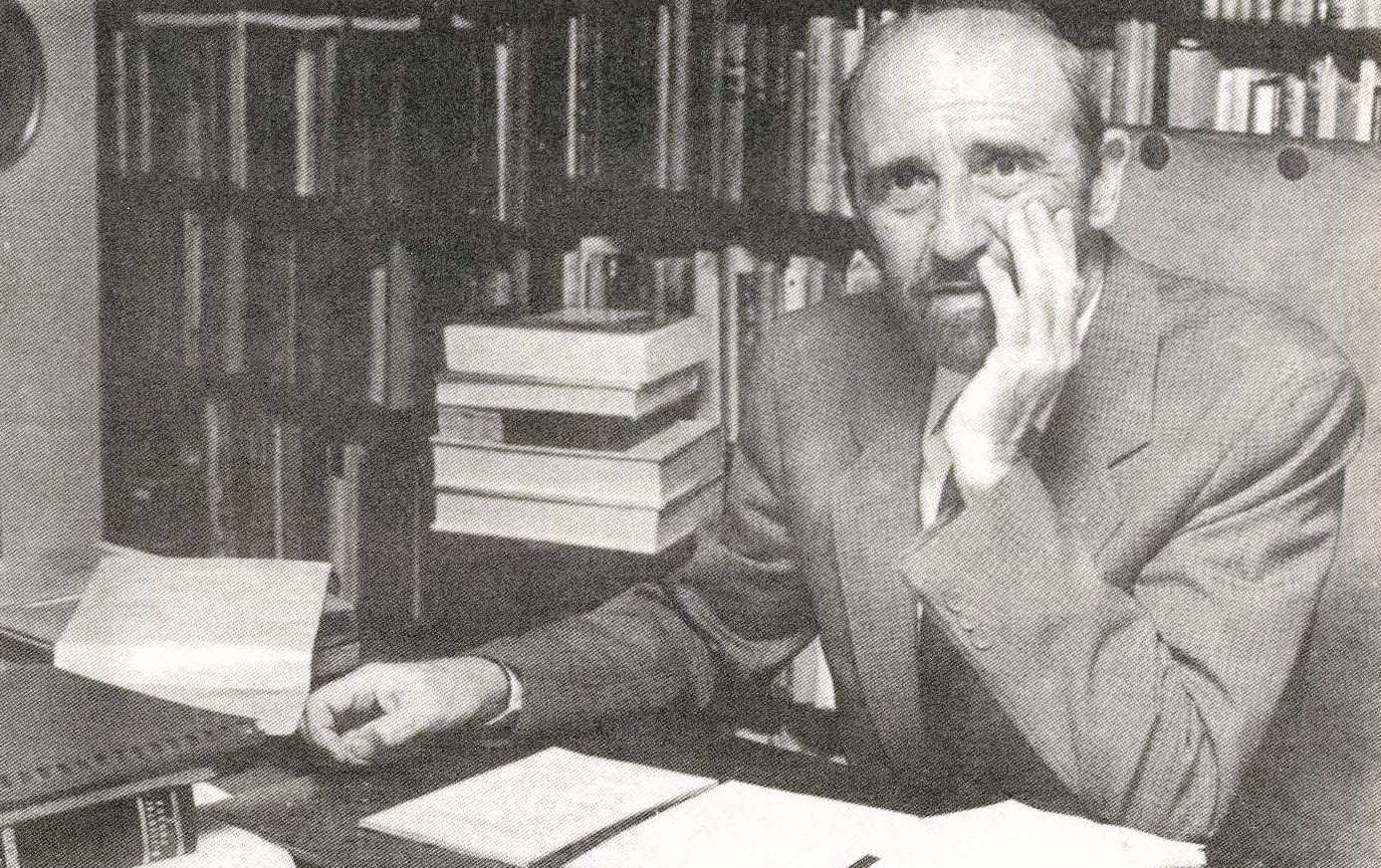The Anuario de Letras was founded in 1961 at the Facultad de Filosofía y Letras of the Universidad Nacional Autónoma de México, in response to a proposal by its director at the time, Dr. Francisco Larroyo, with the purpose of disseminating the research of its faculty in the humanities.
Dr. Juan M. Lope Blanch took charge of the Anuario from the beginning, first as Editor and later as Director, until his death in May 2002. During those more than 40 years, the Anuario published articles, notes, and reviews on linguistics and literary criticism related to the Spanish language and its Spanish, Spanish-American, and Mexican literatures. Many important works appeared in its pages during those years, not only by members of the Faculty and the Centro de Lingüística Hispánica, but also by other renowned researchers, including Eugenio Coseriu, Kurt Baldinger, Rafael Lapesa, Agustín Millares Carlo, Ángel Rosenblat, Miguel León-Portilla, Raimundo Lida, Yakov Malkiel, Antonio Alatorre, Harri Meier, José Pedro Rona, Tomás Navarro Tomás, Fernando Lázaro Carreter, Manuel Alvar, Tomás Buesa Oliver, Margit Frenk, Joseph Matluck, Jorge Suárez, Yolanda Lastra, and many others.
In 2002, Dr. Elizabeth Luna Traill assumed direction of the journal, following the path of its founder. In 2010, however, the Centro de Lingüística Hispánica proposed the need to bring the Anuario up to date in form and content. The cover and interior were redesigned. In order to meet the requirements of indexing, its publication schedule was changed to semiannual, and it was dedicated to the publication in Spanish of work related to the linguistics and philology of the Spanish language. Its name was also changed to reflect this content more closely. Beginning with the first issue of 2013, it appeared as the Anuario de Letras. Lingüística y Filología, with a new image more in keeping with the times. It is no longer the journal conceived in the tradition of the yearbooks of European universities, whose purpose was to disseminate the work of their faculty and create links with related journals from other educational institutions.
At the same time, a website was designed and implemented for the journal. All of the issues from its founding in 1961 to the most recent issue were digitized to make them more accessible. The Anuario also began to publish in two formats, paper and digital, the latter open access, available for consultation at no cost to the reader.
The journal appears regularly, twice a year, in January and July. It is cataloged in numerous databases and international indexes, including SciELO, MLA, Dialnet, Lingmex, DOAJ, Latindex, ERIHPLUS, anvur, DRJI, REDIB, HAPI, EBSCO, and MIAR.
The journal has recently joined social media (Facebook and Twitter) to bring its content closer to younger readers, including those studying in related fields.
In short, more than 60 years after its founding, the Anuario de Letras. Lingüística y Filología has been brought up to date and is experiencing an important moment in its history.

